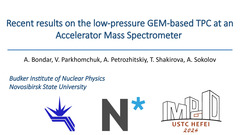

The 8th International Conference on Micro-Pattern Gaseous Detectors
Oct.14th - Oct.18th 2024
USTC·Hefei, China


Comment submit